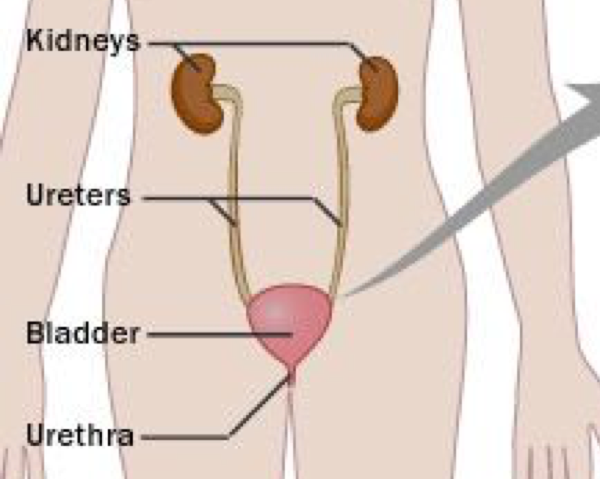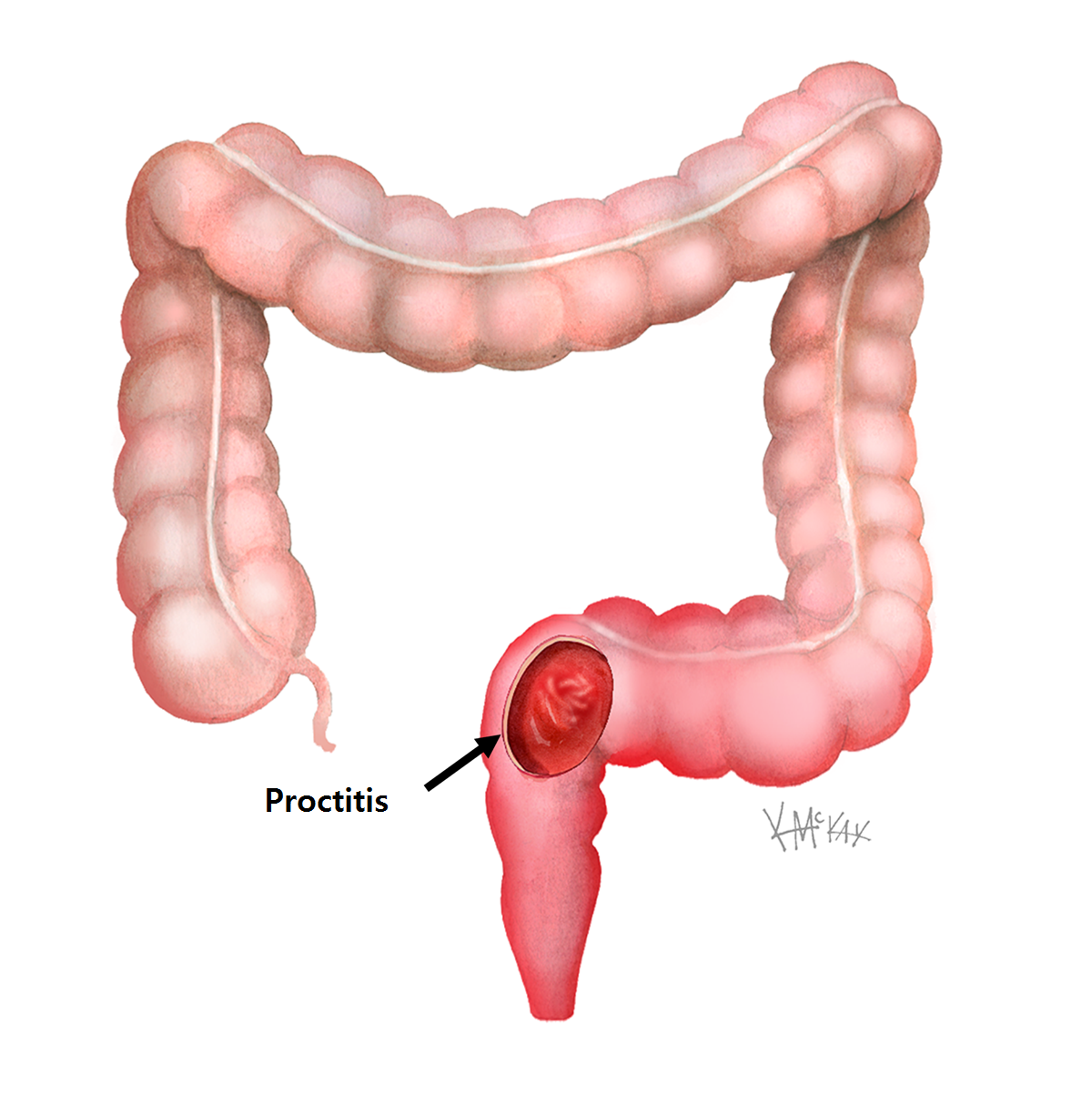Radiation Therapy Complications
As in all therapies - not all outcomes are equally favorable. For some of those who receive radiotherapy, the tissue response is accentuated and damage to normal tissue occurs. The unpleasant effects usually settle post irradiation. In a small percentage of cases, however, the problems linger. Here is where hyperbaric oxygen therapy shines!
What is Radiation Therapy?
Hyperbaric Oxygen is the best way to restore radiation damaged tissues.
What are the complications from radiation therapy?
HEAD & NECK
- DENTAL - Radiation damage/post extraction "Dry Socket" (non healing tooth extraction site)
- ORAL MAXILLOFACIAL SURGEON - When needs to repair collateral damage which may involve bone grafts to the irradiated tissue. Often these surgeons request a specific treatment order known as the Marx Protocol
- OTOLARYNGOLOGY - More extensive surgery which may also require plastic surgery support
- NEUROLOGIST - Radiotherapy damage to the brain (RADIATION ENCEPHALOPATHY) or nerves (RADIATION RADICULOPATHY)
- RADIATION ONCOLOGISTS - In the team management of any of the above problems

URINARY BLEEDING

GASTROENTEROLOGY [GI]

Treatment Of Radiation Therapy Complications At M02R
Hyperbaric Oxygen Therapy, provided at MO2R, is a proven effective treatment to combat radiation complications.
In 2000 the Adult Radiotherapy Late Effects Clinic was initiated under the co-founder leadership of Dr. Wilfred Levin and Dr. Wayne Evans at the Princess Margaret Hospital in Toronto to try and expand the range of options available to those suffering from complications of radiation therapy.
That clinic has helped hundreds of patients to date. A range of therapeutic options has been explored to meet the needs of this population.

